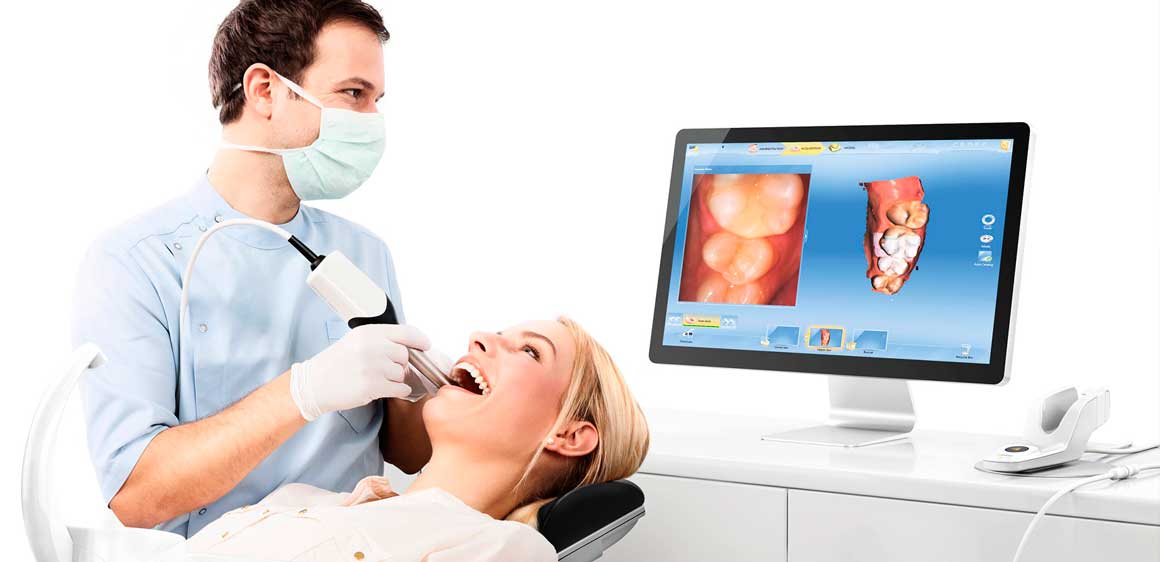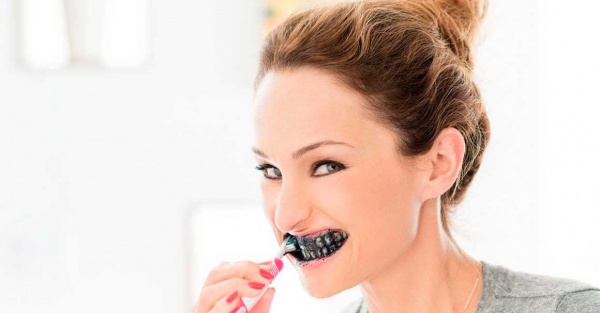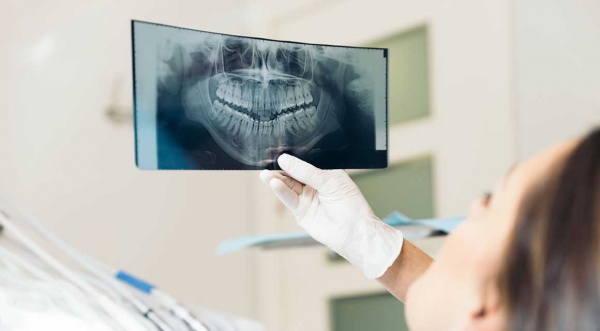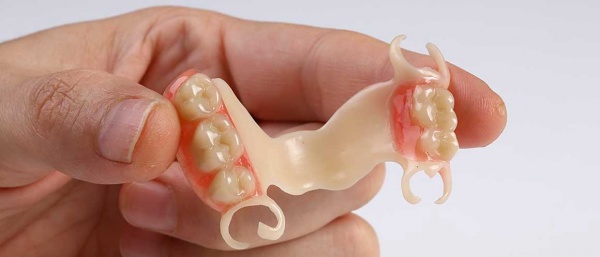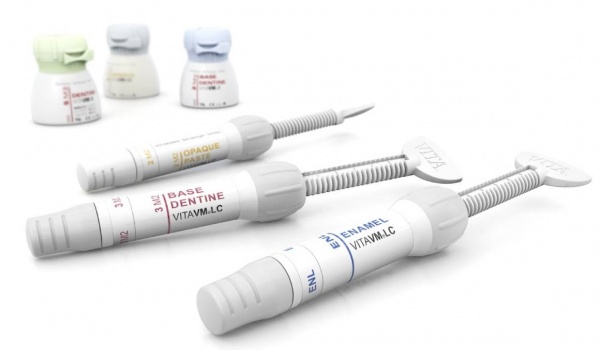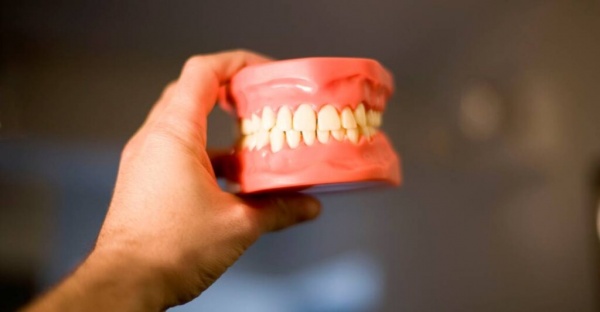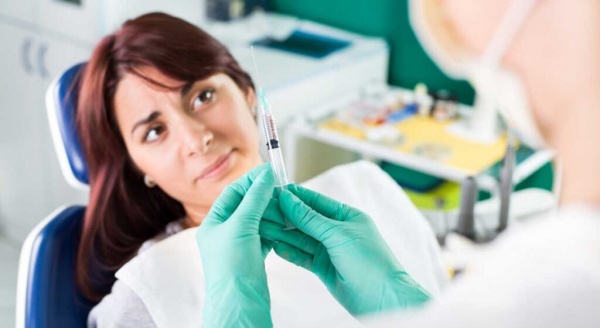An intraoral camera is a small digital device used to examine teeth for diagnosis. This high-performance device allows you to take an accurate photograph or capture a high-resolution video of the oral cavity. The received material is stored in electronic form. If necessary, the dentist can visually show and explain to the patient which obvious dental problems should be given priority attention. After the treatment is completed, the doctor gets the opportunity to demonstrate the results of his work.
Main advantages of the intraoral camera
The intraoral camera is a very promising diagnostic device that helps to monitor the condition of the teeth. Compared to other popular technical means, this modern tool has a number of significant advantages:
- Due to good lighting and a large viewing angle, it is much easier to detect caries at the initial stage.
- Detects plaque.
- Shows chipped enamel and fillings.
- Allows continuous video recording of the dental treatment process.
- The footage can be copied, saved on a flash drive. And when the recorded information becomes obsolete, it can be deleted.
- It is possible to connect the device to laptops and computers, which allows you to work extensively with files.
- Built-in wireless data transfer function.
- Included are nozzles for examining hard-to-reach places in the oral cavity.
Unlike dental x-rays, this diagnostic method is recognized as cheaper, better and safer.
Technical features of the equipment
The intraoral scanner is equipped with an LED lamp that allows you to well illuminate the problem area. High-quality optics are built into the device, thanks to which a clear detailed picture of the object under study is displayed on the monitor from different angles (there is an autofocus function). For a more complete diagnostics, shooting of an object is carried out in different modes.
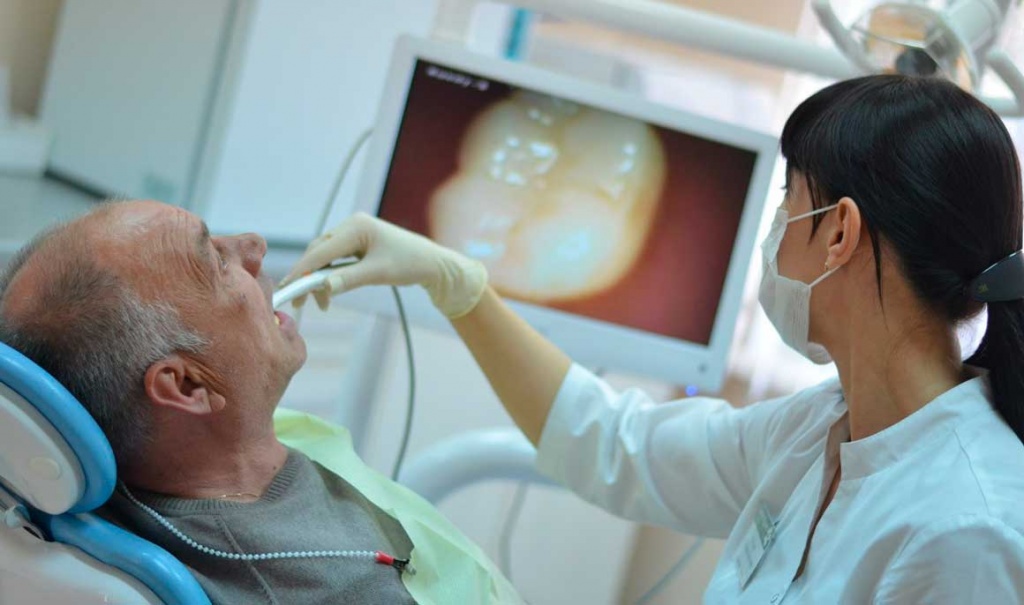
The camera is connected to a computer or laptop using the USB connector. Visibility of the device and data transfer to a PC is made possible thanks to special software. The built-in memory card allows you to save the received images and transfer them to a computer.
The patient becomes a direct participant in the treatment process, begins to trust the doctor more, does not ask unnecessary questions. Since a specialist can clearly explain and show what and why he is doing, what features the patient has, and what you need to pay attention to in the first place.
Patients lose fear, awareness and loyalty increase.

